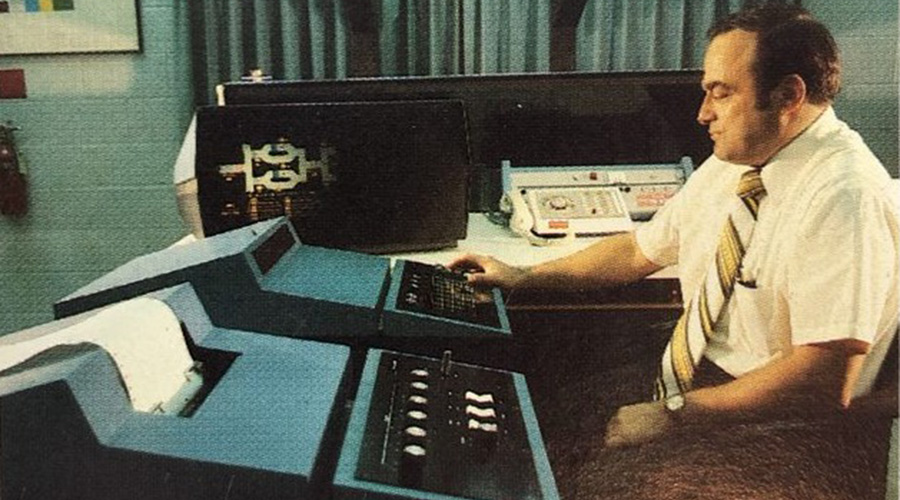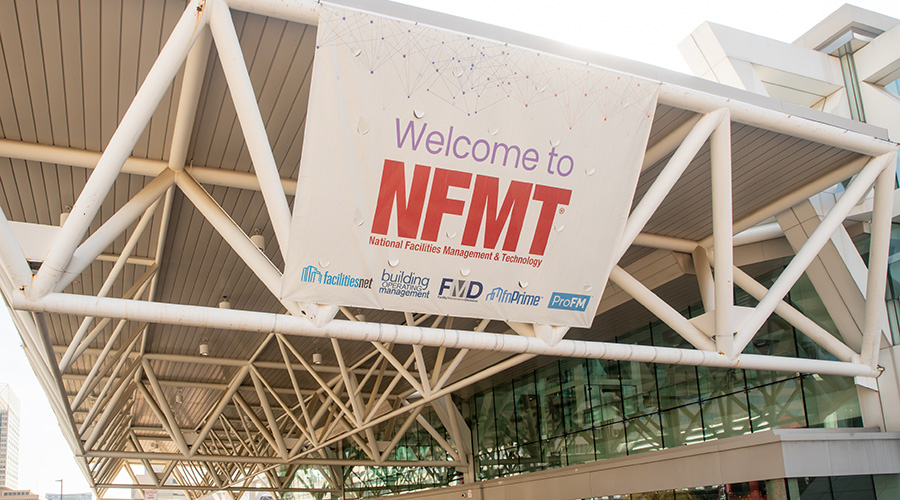Outlook
To find outsourcing answers, look inside the organization
There are so many different schools of thought on outsourcing facilities management services that deciding where to begin can be overwhelming. With a variety of outsourcing options to choose from, facility executives may have difficulty deciding the best way to approach the decision-making process.
To develop a strategic sourcing plan, facility executives should explore their motives for outsourcing, identify actions needed to make the best selection of partners, and establish a methodology for determining and measuring the critical success factors.
The first step in the strategic sourcing plan is reviewing the vision for the facility management enterprise. Many outsourcing ventures have failed because of insufficient attention upfront to where the facility management organization is headed and what it wants to accomplish through outsourcing. The direction of the facility management enterprise needs to be analyzed in relation to the overall corporate vision to make certain facility management goals and objectives are in sync with those of the organization.
Internal clients
Once goals and objectives are determined and the facility organization has defined its own vision and direction, it also needs to take into account business unit or client organization requirements, which are affected both by the corporate culture and how they determine satisfaction with facility management service delivery. From this analysis the facility executive can review the department’s service delivery approach to determine how an outsourcing strategy relates to the vision and overall direction.
Is outsourcing a good choice for a particular facility organization? Answering that question means identifying core and non-core facility management functions and services. Facility executives need a thorough knowledge of what they consider to be the core functions and services they provide before they can determine if outsourcing is viable.
Core services are the seeds of the organization, the essential services that have to be performed for customer organizations to achieve their business missions. Core services vary from one corporate entity to another, depending on mission, culture and other factors that shape the way the facility organization serves its customers. Typically, core functions are retained in-house.
Non-core services do not necessarily contribute directly to the corporate mission and could be performed by external service providers.
The facility management test for core and non-core services is to assess how customers react if a particular service is not performed by in-house personnel. If a service passes the test, it more than likely can be outsourced.
Once core and non-core functions have been identified, the facility executive should determine whether there is a good reason for undertaking outsourcing. To rationalize the outsourcing effort, facility executives should be certain they understand the motives for considering externally provided services. Seasoned outsource veterans give several compelling reasons why most facility organizations elect to move into an outsource relationship.
- Facility management is not a core function of the organization. Although a facility organization may be successful in delivering world-class services, sometimes senior corporate officials determine that the overall facility function is not strategically linked to the corporate business mission and is not one of the company’s core competencies. Typically this means that the facility organization is considered to be an operational function that could just as easily be performed by an external source, so the company redirects its resources to core functions performed in-house and selects facility management as a candidate for outsourcing.
-
The organization is looking for facility management best practices. Because internal facility organizations are busy performing routine services, they often are not current on the latest trends and best practices. Time constraints may make it impossible to keep in-house staff trained and versed in the latest facility management tools and strategies. Internal facility organizations are fairly insulated from competitive market pressures that service providers face to have the latest skills, systems and information. Senior management often believes outsourcing providers deliver best-practice performance because otherwise the firms could not compete in the marketplace.
-
The workforce is variable. When companies and institutions are in flux with respect to the contraction and expansion of their workforce, using an external resource pool may be attractive because staff can be delivered “just-in-time.” This flexibility allows the company to maintain a smaller in-house workforce, which reduces overhead and administrative costs, while having the ability to staff up quickly when service demand increases.
-
The outsourcing provider offers value-added services. In companies where the facility organization has negotiated service-level agreements with customer organizations and those organizations pay for services, using an external service provider may allow facility management to offer higher levels of service than the baseline or standard service provided. Some customer units may need facility management services that are different than what is provided by the facility department directly, but that can be offered through an external provider. Driving consistency of service also may be part of the value-add concept: For example, a provider may support a call center, Web-based CAFM systems or other technology that can be applied uniformly across all customer organizations.
Tapping Planning Resources
The second stage in the process of making outsourcing work involves planning for the actual outsourcing process. All too often, facility organizations try to go through the process alone, without benefit of the expertise of others within the company. Others within the company can lend valuable assistance in developing the scope of work for outsourcing, establishing criteria for evaluating outsourcing providers, identifying key success factors and communicating back to customer organizations about changes in service delivery.
A facility executive can tap into others in the organization by creating a broad-based advisory committee. A strategic sourcing development committee provides the facility organization with invaluable expertise for developing the request for proposal and evaluating proposals from outsource providers. This group typically consists of client representatives, other service partner organizations — such as IT, human resources, procurement, and finance — and facility management staff. This group is critical to the success of the outsourcing effort; they need to buy into the rationale for outsourcing and the anticipated outcome to become invested in the process. The group can provide insight into how work needs to be performed, which ultimately becomes the basis for the scope of work in the RFP.
This group also advises the facility executive on what it takes for the outsourcing effort to be successful, such as faster service, less expensive service, better technology or best practice applications. The group also participates in the weighting of evaluation criteria, such as cost, customer satisfaction, technical methodology, experience or innovation. The committee evaluates proposals from its perspective, which helps to syndicate the risk of decision making for the facility organization.
List of Prospects
The next step is to find prospective outsourcing providers. The facility organization and its advisory committee should determine upfront if the selection process is going to include pre-selection of potential bidders and a pre-qualification process prior to announcement of the RFP. Locating potential outsourcing providers that strike the proper balance between technology capabilities and cultural fit with the organization takes significant work before the RFP is published.
To gather information about prospective providers, both the facility staff and others on the advisory committee should attend trade shows and conferences to meet and acquire information on companies providing the desired outsource services. It is also useful to tap networks of industry professionals to benchmark firms in advance using the evaluation criteria and the critical success factors; this step can eliminate firms that are not a good match. Another helpful action is to review trade publications for information on best practices claims offered by outsourcing firms and their successful application.
From the efforts of the facility staff and the advisory committee, a large number of potential bidders should be reduced in advance of the RFP distribution; only firms that make the cut from the evaluation of qualifications are eligible to bid on the actual RFP. Only these prequalified bidders attend the pre-bid conference, take the site tour, and have the ability to ask questions and submit proposals.
Building a Good Relationship
Once an outsourcing provider is selected, the facility organization must take steps to create the right relationship, one based on a blend of accountability mixed with a true sense of partnership from the beginning. To ensure the right atmosphere for a successful outsourcing relationship, facility organizations should:
- Provide opportunities for the outsourcing firm to explore and understand the corporate culture.
- Establish a full disclosure policy with respect to information sharing.
- Create an orientation and training program designed to acclimate the provider to the client’s way of doing business.
- Negotiate an ongoing monitoring and problem resolution process.
- Create incentives tied to a risk-reward philosophy.
If facility executives understand the difference between core and non-core services, clearly express their motives for outsourcing and the goals and objectives they hope to achieve, and establish key performance indicators to evaluate the value of the outsourced services versus the service investment, outsourcing should be a powerful business tool.

Stormy Friday is president of The Friday Group, a facility management consulting firm specializing in organization development and re-engineering, strategic sourcing alternatives, and customer service and marketing strategies.
Related Topics:












